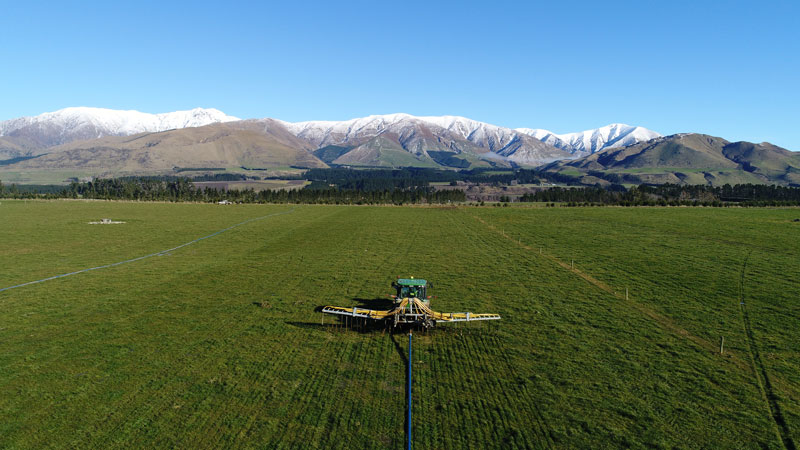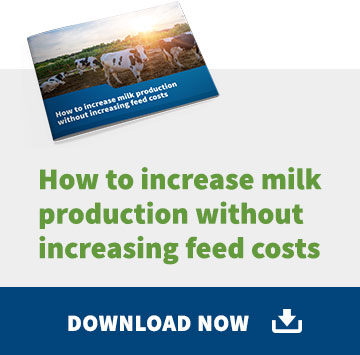Effluent – it’s liquid gold when applied to pasture but plain old pollution when it gets into waterways. The challenge on the farm is to maximise its potential to lift production and minimise its potential to pollute.
On farms with big herd numbers there is also a lot of it to dispose of, which means it needs to be moved to where it is needed – it can’t all be spread around the paddocks near the cowshed.
Storage ponds have had to increase in size and volume to cope, and many farmers use tractors and tankers to do the shifting. This is slow, inefficient and damaging to pasture and farm roadways.
Another option gaining ground is an umbilical effluent system. In this blog post we look at the number of environmental and productivity advantages of using umbilical effluent systems on your farm.
Why an umbilical effluent system?
An umbilical effluent system increases productivity, has less impact on the environment, and saves you money on maintenance by significantly reducing farmway traffic and loadweights.
They are also a safer option than towing heavily laden trailers around the farm.
An umbilical effluent system pumps effluent from the storage pond to where it’s needed, even if that is several kilometres away. The effluent flows through a large, flexible pipe to a specialist spreader and dribble bar mounted on the rear of a tractor. The tractor traverses the paddock as usual, towing the “umbilical” pipe behind.
Such a system can discharge at least 200,000L/hour, whereas a 20,000L tanker averaging three loads an hour would only manage 60,000L/hour.
Ikawai Dairies, in South Canterbury, switched to an umbilical system after having problems with blockages when discharging effluent through its pivot irrigators. The new system has made a huge difference to discharge levels. On Ikawai’s hill blocks it manages 200,000L/hour even when pumping 1.5km with a lift of up to 100m. On the flat the rate is more like 250,000L/hour. And all this on a 150hp John Deere with a 9-metre dribble bar.
One of the ways an umbilical effluent system helps you comply with environmental standards is through the design of its dribble bar. This uses hydraulics to give a consistent, measurable spread across the width of the bar. The system automatically records the amount of liquid spread, when it was spread and where, giving you proof of placement should regulators require it. The dribble bar also minimises odour and wind drift and ensures a more efficient uptake of nitrogen by placing the effluent directly on the ground, rather than spraying it into the air.
An umbilical effluent system increases productivity by saving you time. It has a discharge rate four times faster than a tanker system, which gives you the option of picking and choosing when best to empty the storage pond depending on weather and paddock conditions. Also, the umbilical pipe can take a more direct path to where the effluent is needed, rather than being constrained as a tanker is to following a designated roadway, which would add distance and time to the turnaround.
Another key benefit of an umbilical effluent system is the money to be saved by reducing traffic and loadweights on pasture and farmways. A fully laden 16,000-litre tanker and tractor weighs about 32 tonnes, whereas a tractor and spreader carrying reels of hose weighs about 12 tonnes. Where more than one tanker is working on a site there are safety issues as well – tractors having to pass each other by pulling over to the edge of narrow tracks, for example.
The lighter weight of a tractor and umbilical hose also considerably lessens soil compaction, which helps reduce water runoff and increase crop yield. Gateways in particular benefit. These soon become damaged from tankers coming and going, whereas an umbilical system goes through the gate only twice – once in and once out.
As you can see, an umbilical effluent system is a more productive, efficient and environmentally sustainable way to get your herd’s liquid gold to where it is needed and keep it away from where it is not.





